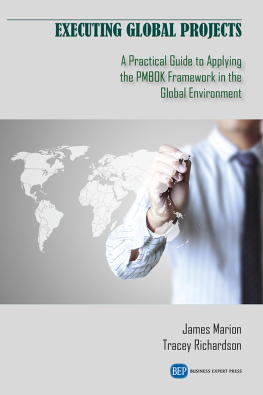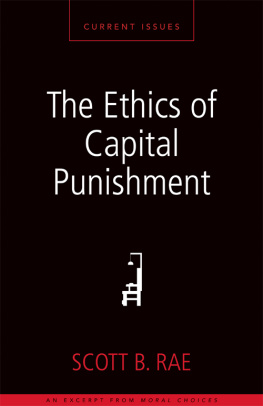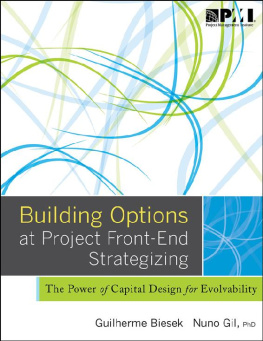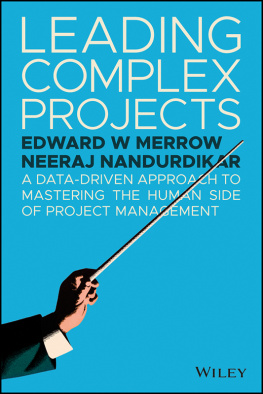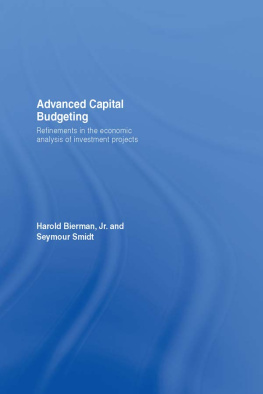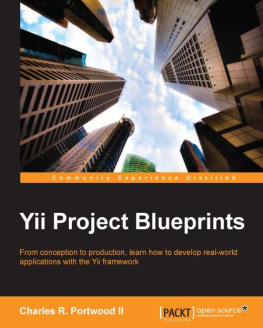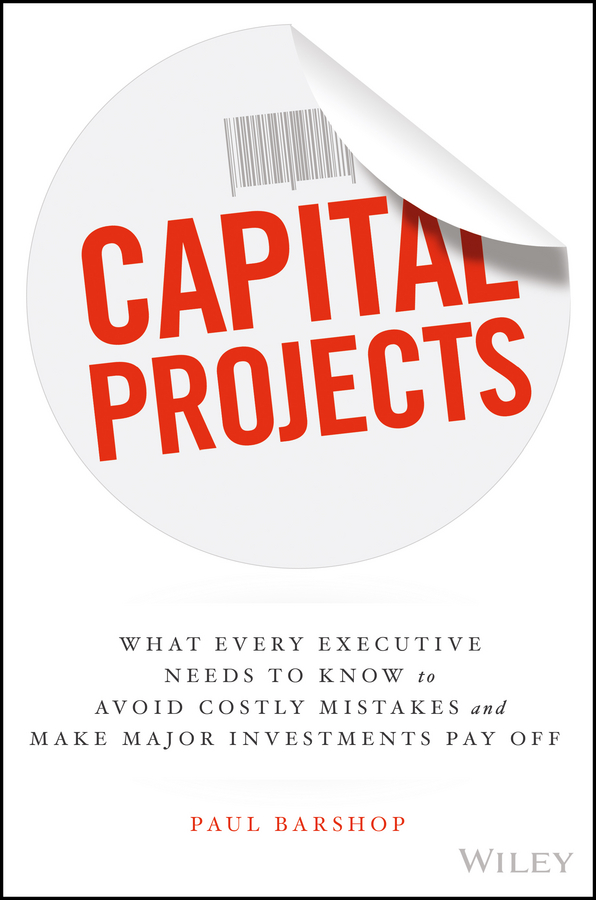
Cover image: nmarques74/iStockphoto
Cover design: Wiley
Copyright 2016 by Paul Barshop. All rights reserved.
Published by John Wiley & Sons, Inc., Hoboken, New Jersey.
Published simultaneously in Canada.
No part of this publication may be reproduced, stored in a retrieval system, or transmitted inany form or by any means, electronic, mechanical, photocopying, recording, scanning, or otherwise, except as permitted under Section 107 or 108 of the 1976 United States Copyright Act, without either the prior written permission of the Publisher, or authorization through payment of the appropriate per-copy fee to the Copyright Clearance Center, Inc., 222 Rosewood Drive, Danvers, MA 01923, (978) 750-8400, fax (978) 646-8600, or on the Web at www.copyright.com. Requests to the Publisher for permission should be addressed to the Permissions Department, John Wiley & Sons, Inc., 111 River Street, Hoboken, NJ 07030, (201) 748-6011, fax (201) 748-6008, or online at http://www.wiley.com/go/permissions.
Limit of Liability/Disclaimer of Warranty: While the publisher and author have used their best efforts in preparing this book, they make no representations or warranties with respect to the accuracy or completeness of the contents of this book and specifically disclaim any implied warranties of merchantability or fitness for a particular purpose. No warranty may be created or extended by sales representatives or written sales materials. The advice and strategies contained herein may not be suitable for your situation. You should consult with a professional where appropriate. Neither the publisher nor author shall be liable for any loss of profit or any other commercial damages, including but not limited to special, incidental, consequential, or other damages.
For general information on our other products and services or for technical support, please contact our Customer Care Department within the United States at (800) 762-2974, outside the United States at (317) 572-3993 or fax (317) 572-4002.
Wiley publishes in a variety of print and electronic formats and by print-on-demand. Some material included with standard print versions of this book may not be included in e-books or in print-on-demand. If this book refers to media such as a CD or DVD that is not included in the version you purchased, you may download this material at http://booksupport.wiley.com. For more information about Wiley products, visit www.wiley.com.
ISBN 978-1-119-11921-0 (cloth)
ISBN 978-1-119-11923-4 (ePDF)
ISBN 978-1-119-17671-8 (oBook)
Acknowledgments
I would not have been able to write this book without the support of three people. First, I dedicate this book to my wife, Cathy, the love of my life, for her encouragement, patience, and sacrifice. Second, Margaret Walker, Vice President, Engineering Solutions and Technology Centers, Dow Chemical Company (ret.), for her input and guidance. Thanks, Coach. Ed Merrow, founder, CEO, and President of Independent Project Analysis, for his leadership and the time I needed to do this project. Ed was also one of the primary reviewers for each chapter and provided, as usual, tremendous insight.
I was extremely fortunate to work closely with two highly skilled practitioners as I wrote the book. Each provided essential input to all of the chapters. The first is Ken Kallaher, Corporate Fellow at exp. Ken is an expert on the design and operation of capital project development and delivery systems. The second is Charles (Chuck) Greco, Head of Refinery and Market Projects North America, BP (ret.). Chuck is one the best project directors/managers I have ever worked with. I thank both for their commitment to the book.
I wish to thank my colleagues that I worked with throughout this project. Cheryl Burgess edited, reedited, and edited again each chapter. Qiang Qian prepared much of the quantitative analysis contained in the book. Kelli Ratliff created most of the graphics used in each chapter.
Others that made significant contributions include Richard Narramore, Senior Editor, Business Publications, Wiley; and John K. Hollman, Owner, Validation Estimating LLC. I also wish to thank Dean Findley, Allison Aschman, Sarah Sparks, Felix Parodi, Luke Wallace, Geoff Emeigh, Charlotte Kirkpatrick, Pam Emons, Jessica Morales, and Sarah Barshop for their help with the book.
Finally, I want to thank all the executives and project professionals I have met over my 22 years at IPA performing project evaluations, research studies, and consulting engagements. There have been countless hours spent talking about all the dimensions of capital projects. I truly admire the knowledge, skills, and dedication required to make a capital project successful.
Falling Short of Expectations
How Executives Struggle to Deliver the Value from Their Capital Projects
Executives often start out with high hopes for their capital projects, only to have them fall short of expectations. Capital projects are investments of substantial company resources to develop, to improve, or to refurbish an asset that is expected to generate cash flows for more than one year. Only 60 percent of finished projects actually meet all objectives after the project is complete and the asset was put into service. The success rate is not much better than a coin flip. The complaints about projects range from business cases ruined by cost overruns, to market windows missed because the project was late, to assets that did not perform as expected and that are expensive to operate.
As an executive responsible for capital, you do not have to accept these results. Success or failure is not random. I will show you what you can do to increase the probability of a successful project, make your project portfolio pay off as expected, and, critically, reduce the chances of the disaster project that loses all the capital investment and gets executives fired. The road to success starts with you. Success will require your active leadership and participation in the projects that you are sponsoring or that your organization has a major role in.
How do executives cause projects to fail? Here is a real example. A company initiated a small project to boost operating margins by consolidating production at one factory. The plan was to relocate some equipment from an older factory to a newer one before shutting down and selling the old factory. The project had a very strong business case and was expected to pay back its investment in less than a year. A critical success factor for the project was to have the consolidated facility up and running in time for a three-month production period when the factory would be run at full capacity. The factory was used to process an agricultural product, and the new factory had to be ready for the harvest. The project was a failure because the consolidated factory was only able to run at half capacity during the production window. The business needed three supplemental projects to finally bring the facility up to full capacity.
So, what happened? How did this project turn out to be a failureand why were the executives in charge responsible? Many mistakes were made, but the most important one was that the executives delayed the start of the project so that the older facility could finish a production run. Another bad decision was not allowing the project team to get input from the operators of the old factory because of the sensitivities of shutting down the old factory where people were about to lose their jobs. The late start caused mistakes in the technical design because of the rush to get the work done. And because the team could not work with the factory operators, they had to make assumptions about how the equipment would be reusedand those assumptions turned out to be wrong.
Next page

